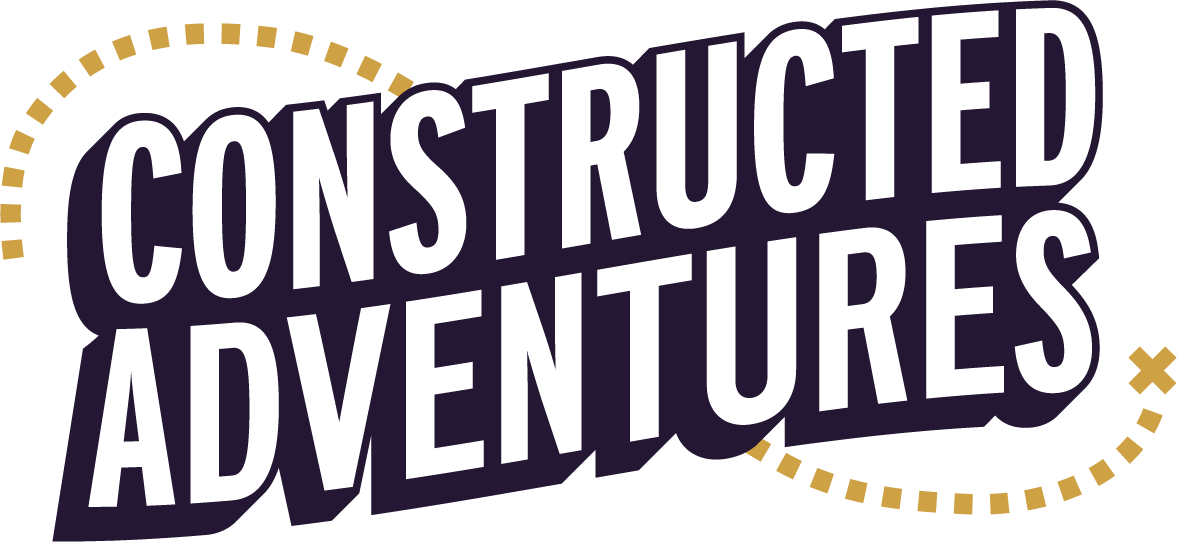Common codes found in puzzles
Codes are the lifeblood of any good puzzler.
Trying to add another layer to a puzzle? Add a code. Need to include a secret message in an adventure, but you don’t wanna make it too clear? Add a code. Want to just generally make things look cooler and have more of a secret-agent-vibe? Codes, codes, codes!
Most puzzle creators will use special words (called “signifiers”) to subtly let solvers know that a puzzle will use a certain code. But if you’re just starting out (either as a solver or a creator!) you might not know these signifiers. We’re here to change that – here’s a list of common codes and their signifiers!
Morse Code
What it is: A code where letters are replaced by a series of dots and dashes, or by short sounds and long sounds.
How to spot it: Look for words like “dash”, “dot”, or any variants like “dotty” (or literal dots and dashes!) – or listen for long and short sounds.
Braille
What it is: A writing system made up of dots, designed to allow people who are blind to read.
How to spot it: Look for words relating to blindness, such as “can’t see”, or look for 2 by 3 grids that resemble how braille is written.
Semaphore
What it is: A naval communication system which uses two flags pointed in different directions.
How to spot it: Look for words like “flag” or “signal”, or look for any situation where two lines are connected by a center point (such as a clock face).
International Maritime Nautical Flags
What it is: Similar to semaphore, this is a naval communication method using flags – in this one, however, each flag is its own letter.
How to spot it: Look for references to ships or flags, or any of the color combinations seen in the flags to the left. Note that this one is less common than semaphore, and the two use similar signifiers – so check for semaphore first!
NATO Phonetic Alphabet
What it is: An international communication system used by NATO, where each word stands for one letter of the alphabet.
How to spot it: Look for the word “radio”, mentions of NATO, or any of the words used in the phonetic alphabet (see left!)
Pigpen
What it is: A simple cipher where every letter is given a spot on a grid, and represented by the position of the lines in its spot (see right)
How to spot it: Look for any words related to pigs or pens (yes, Charlie Brown’s friend does count!), or look for Pigpen’s unique grid shape.
5-Digit Binary
What it is: A series of “ons” (1s) and “offs” (0s) that can be used to represent letters. It’s sometimes seen in groups of 7 and represented with ASCII, but 5-digit binary is much more common.
How to spot it: Look for words like “on” and “off”, “one” and “zero”, “bit”, anything related to technology/computers, or just groups of 5 in general.
Those are some of the most common codes!
Of course, this list isn’t exhaustive – there are so many codes and ciphers out there, and so many ways to signify them! Want more tips? Check out our Discord and Reddit, where myself and the other members of the Agency can help you out!
Finally, if you’d like printable versions of the code sheets, they’re free in the shop! Enjoy!
Until next time!








